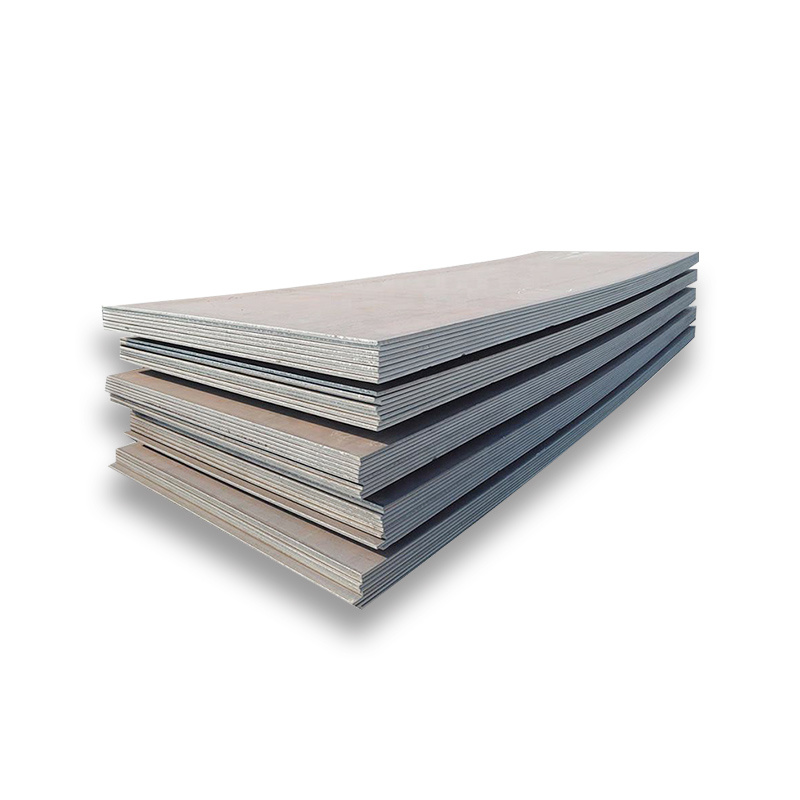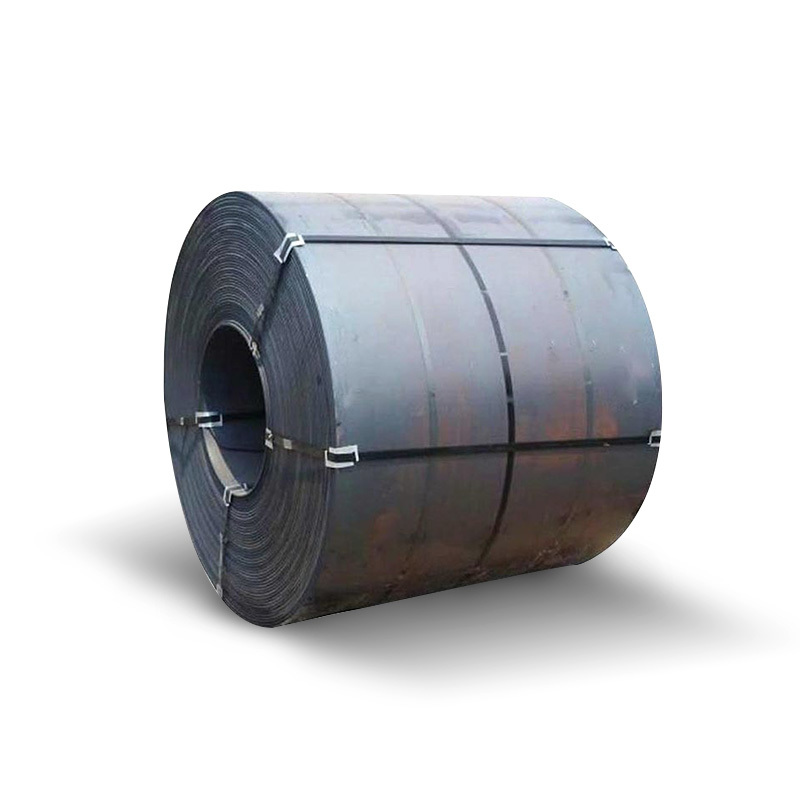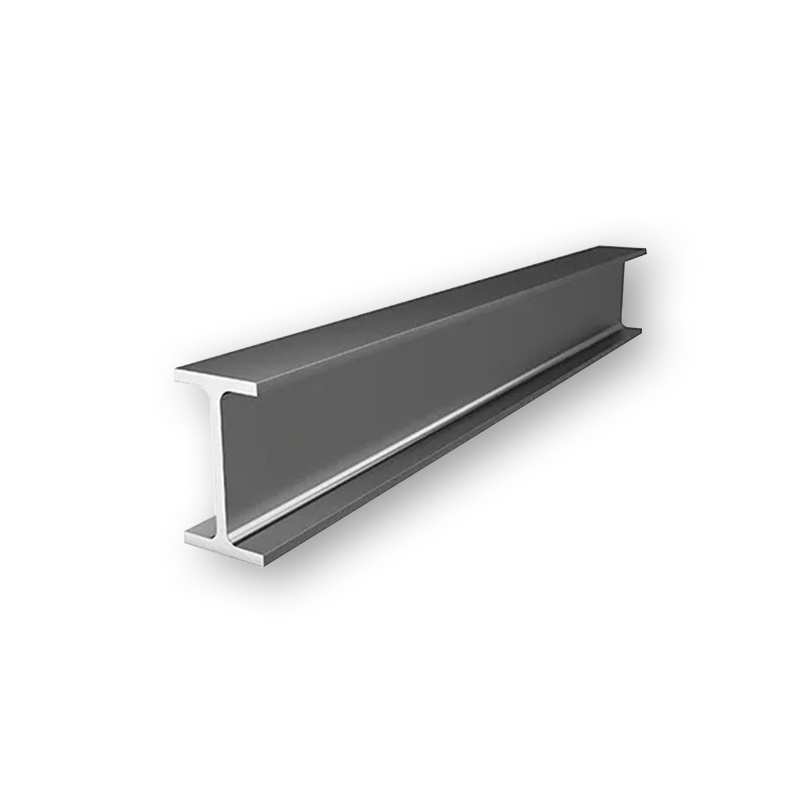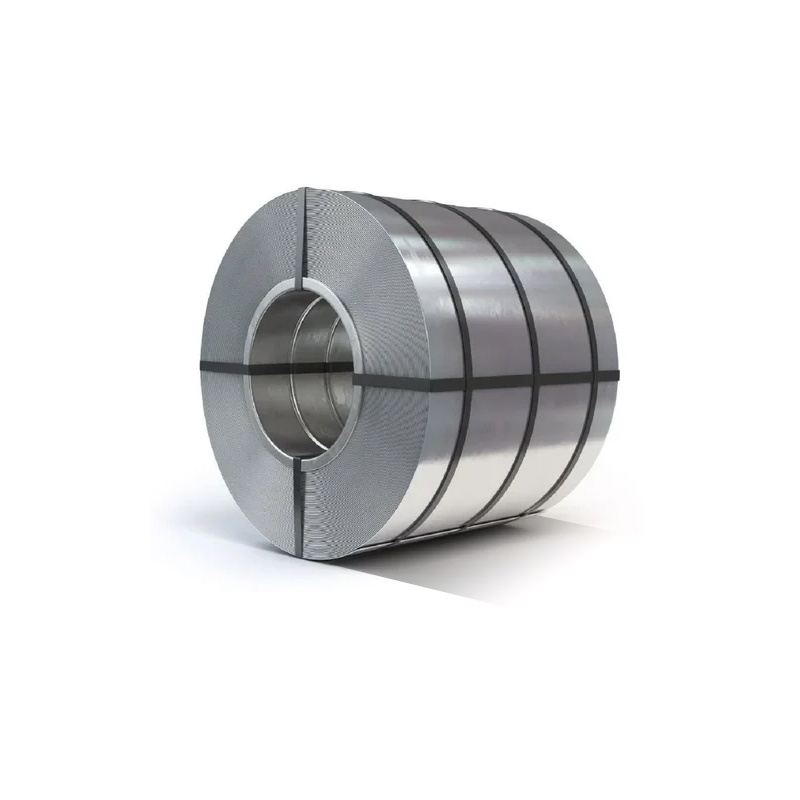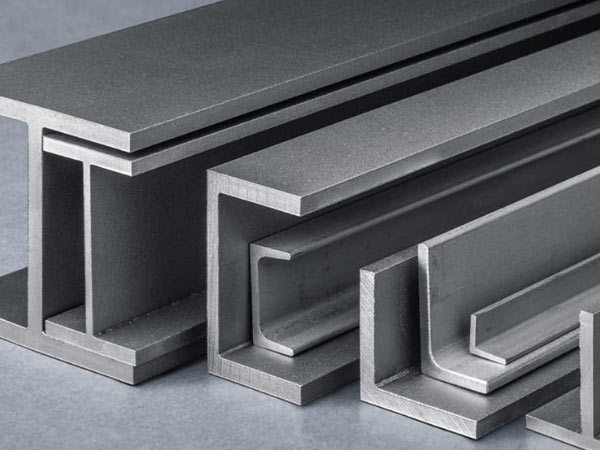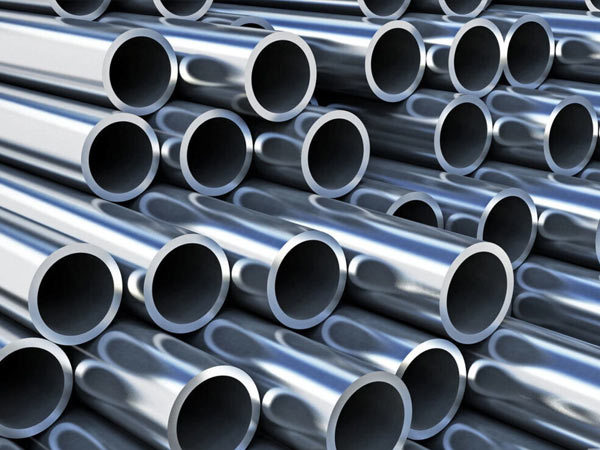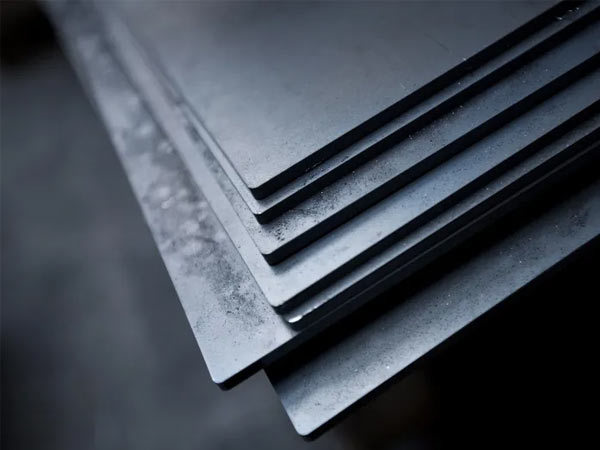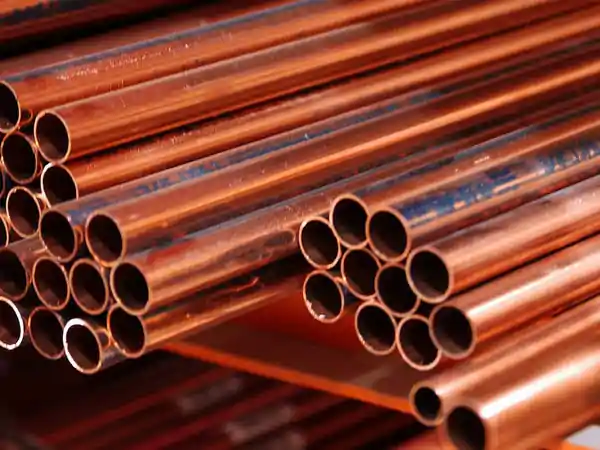PRODUCT CENTER

The company mainly produces and supplies carbon steel/stainless steel/galvanized sheets, carbon steel/stainless steel/galvanized coils, carbon steel/stainless steel/galvanized pipes, profiles, round steel, color-coated coils, corrugated steel plates, copper, aluminum, etc. wait.
API Spec 5L Pipeline Steel Coil Steel Plate
API Spec 5L is an international standard that specifies the manufacturing requirements for two product specification grades (PSL 1 and PSL 2) of seamless and welded steel pipes used in pipeline transportation systems in the oil and gas industry.
A36/Q235/S235JR Carbon Steel Coil
A36 is a low-carbon steel containing trace amounts of manganese, phosphorus, sulfur, silicon and other elements such as copper. A36 has good weldability and high yield strength, and is the structural steel plate specified by the engineer. ASTM A36 steel plate is often manufactured into a variety of structural steel parts. This grade is used for welded, bolted or riveted construction of bridges and buildings, as well as for general structural purposes. Due to its yield point, A36 carbon plate can be used to design lighter-weight structures and equipment, and provide good weldability. Construction, energy, heavy equipment, transportation, infrastructure and mining are the industries where A36 panels are commonly used.
A192 Seamless Carbon Steel Pipe
ASTM A192 is the same as ASME SA-192 and is the standard specification covering seamless carbon steel boiler and superheater tubes of minimum wall thickness for high pressure service.
A36 is a low-carbon steel containing trace amounts of manganese, phosphorus, sulfur, silicon and other elements such as copper. A36 has good weldability and high yield strength, and is the most specified structural steel plate by engineers. ASTM A36 is most commonly manufactured as a variety of structural steel parts. This grade is used for welded, bolted or riveted construction of bridges and buildings, as well as for general structural purposes. Due to its lowest yield point, A36 can be used to design lighter-weight structures and equipment, and provide good weldability.
H-beam is a new type of steel for economic construction. H-beam has economical and reasonable cross-sectional shape, good mechanical properties, uniform extension of each point on the cross-section and small internal stress during rolling. Compared with ordinary I-beam, H-beam has the advantages of large cross-sectional modulus, light weight and metal saving, which can reduce the building structure by 30-40%. In addition, because its legs are parallel to the inner and outer sides and the leg ends are right angles, the welding and riveting work can be saved by 25%. It is often used in large buildings (such as factories, high-rise buildings, etc.) with large bearing capacity and good cross-sectional stability, as well as bridges, ships, lifting and transportation machinery, equipment foundations, supports, foundation piles, etc.
ASTM A615 Reinforcing Bar Grade 60
Unlike the former two kinds, ASTM A615 is a deformed steel standard categorized under American standards. These are generally available in diameter between 9.5 mm and 43 mm, and length between 6 m and 12 m. Generally, the steel bars that fall under this standard are under deformed or plain carbon steel. The grades that fall within this standard are Grade 40, Grade 60, Grade 75, and Grade 80.
410 is a basic general-purpose martensitic stainless steel, used for high-stress parts, with good corrosion resistance and high strength and hardness. The alloy 410 contains at least 11.5 percent chromium, which is just enough to exhibit corrosion resistance in mild atmospheres, vapors, and many mild chemical environments. It is a general-purpose grade, usually provided in a hardened but still processable condition, for applications that require high strength, medium heat resistance and corrosion resistance. After the 410 is hardened, tempered and polished, it shows the greatest corrosion resistance.
The mechanical properties of 405 stainless steels are important in determining their suitability for various applications. This steel has excellent workability and is easy to cut and shape into different shapes. In addition, the material exhibits a good level of strength and hardness, making it wear-resistant and tear-resistant. A remarkable characteristic of 405 stainless steel is its ductility, which refers to its ability to deform under pressure without breaking. This property makes the metal suitable for forming processes such as bending and rolling without cracking or breaking.
ABOUT US
Wugang has now become the principal base of wide / heavy steel plate localization and import substitution in China. It possesses two wide and heavy steel plate production lines including one 4100mm line and one 4200mm line of high specialization, with international first class technological equipment and the comprehensive capacity of annually producing over 5 million tons of molten steel and 3 million tons of steel plate. The steel plate heat treatment technology, extra heavy steel plate production technology and ESR steel production technology are all in the leading position of the same industry.
Yield
Sufficient Production
EQUIPMENT
Well Equipped
PRODUCTION
Multiple Production Lines
FACTORY APPEARANCE

Among the 12 product series, 300 and more steel grades, 400 and more thickness specifications wide and heavy steel plate products such as low alloy high strength steel plate and alloy structural steel plate etc. in Wugang, More than 180 varieties are produced using foreign standards.
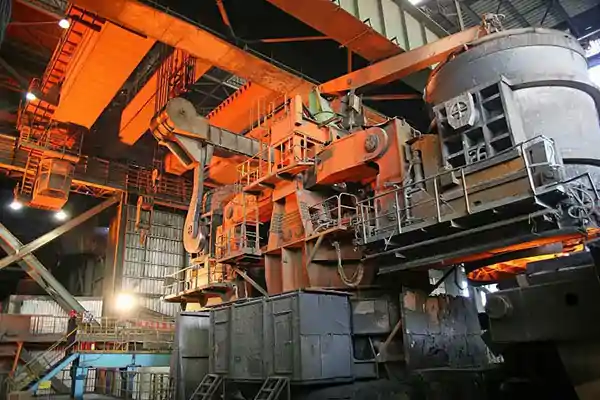
Factory Appearance

Factory Appearance

Factory Appearance
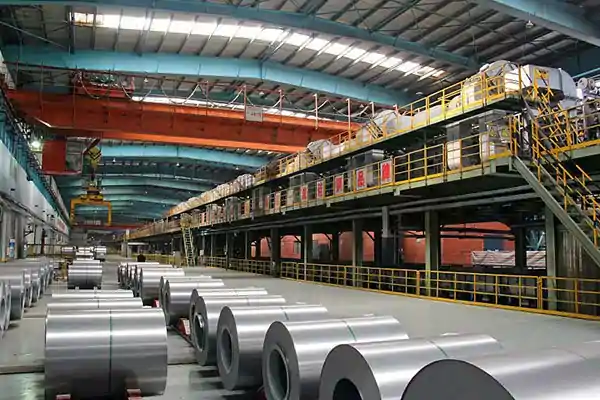
Factory Appearance
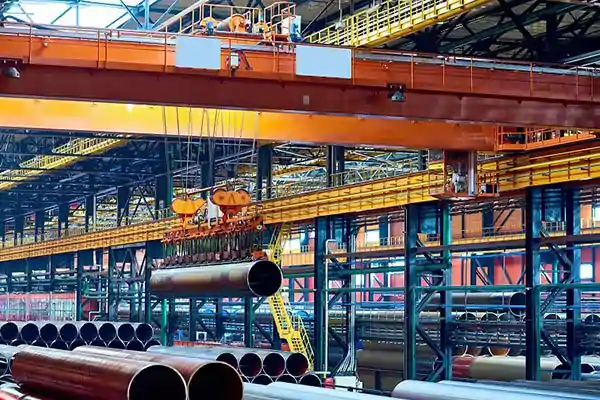
Factory Appearance
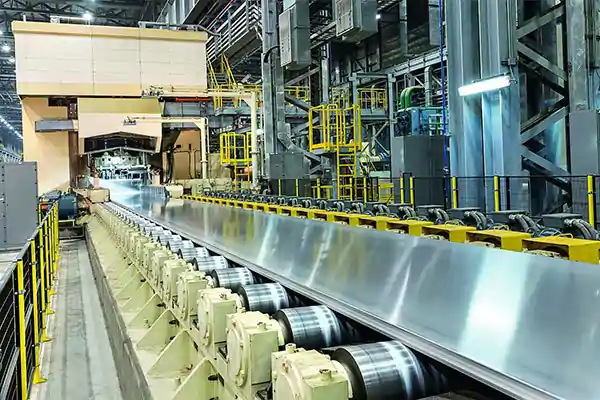
Factory Appearance
NEWS CENTER

Positioned to produce and develop high-end wide and thick plates, we continue to innovate and seek transformation, and are willing to provide global customers with other hot-rolled plates, medium-thick plates, wire rods, cold-rolled plates, galvanized plates, stainless steel and other steel products.
How to determine the specifications of channel steel
The delivery length of channel steel can be divided into two types: fixed length and double length, and the tolerance value shall be specified in the corresponding standards. The length selection range of domestic channel steel is divided into three types based on different specifications: 5-12m, 5-19m, and 6-19m. The length selection range of imported channel steel is generally 6-15m.
How are stainless steel pipes classified?
Stainless steel pipes are divided into ordinary carbon steel pipes, high-quality carbon structural steel pipes, alloy structural pipes, alloy steel pipes, bearing steel pipes, stainless steel pipes, as well as bimetallic composite pipes, coated and coated pipes to save precious metals and meet special requirements. There are various types and uses of stainless steel pipes, with varying technical requirements and production methods. The current production of steel pipes has an outer diameter range of 0.1-450mm and a wall thickness range of 0.01-250mm. To distinguish its characteristics, steel pipes are usually classified according to the following method.
Discount SPCC Carbon Steel Plate: The Best Choice for Your Steel Needs
Steel is an essential material commonly used in various industries due to its durability, strength, and versatility. One of the most commonly used types of steel is carbon steel, which is known for its cost-effectiveness and excellent mechanical properties. Among the several types of carbon steel, Discount SPCC Carbon steel plate has gained popularity among industries because of its excellent properties and cost-effectiveness.
Characteristics of copper pipes
Lightweight, with good thermal conductivity and high low-temperature strength. Commonly used in the manufacturing of heat exchange equipment (such as condensers). It is also used for assembling low-temperature pipelines in oxygen production equipment. Copper pipes with small diameters are commonly used for conveying pressurized liquids (such as lubrication systems, oil pressure systems, etc.) and as pressure measuring pipes for instruments.




